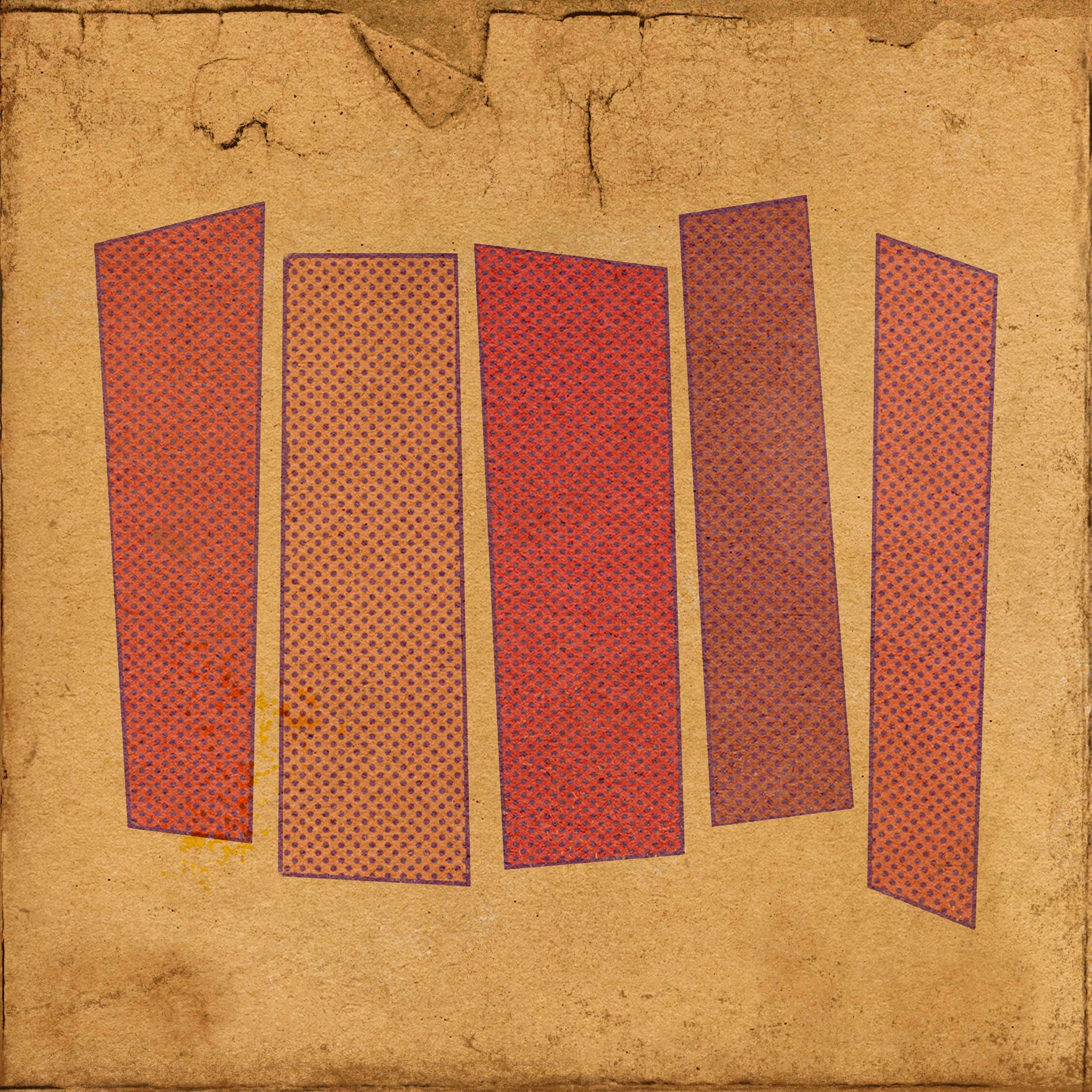
Aaron Wyanski
SCHOENBERG: Suite, Op. 25
SPECREC:002
“THE TWO-OR-MORE-DIMENSIONAL SPACE IN WHICH MUSICAL IDEAS ARE PRESENTED IS A UNIT.” — Arnold Schoenberg, “Composition with Twelve Tones”
I devoured every page of Schoenberg’s Style and Idea at the same time I was immersed in practicing his piano music. Coincidentally, my teacher at the time, Sophia Rosoff, had just read it, and through Schoenberg’s prose found a new appreciation of these works, which she had previously been lukewarm about, favoring his chamber music. She lit up when I brought Op. 25 to a lesson. It was stars aligning: her rediscovery at age 88 fueling my youthful discoveries and vice versa.
Rereading Style and Idea more than a decade later I was struck by something that Schoenberg returns to again and again, which very clearly inspired his conception of twelve tone music—or as he preferred to call it “the method of composing with twelve tones which are related only with one another”—which is that twelve tone music collapses the dimensions of melody and harmony into each other. If we think of melody as pitch over time, and harmony as pitch in space, then we can go a step further and suggest that Schoenberg is collapsing time and space into each other, which from the perspective of physics, also happens to reflect reality.
As a way into Schoenberg’s work, I find this idea far more compelling aesthetically, intellectually, and historically than the more common introductions to twelve tone music. I sympathize with those who have been turned off by dry theory classes counting rows, history classes that prioritize the method and neglect the music, and the discourse of later serial composers who developed the method towards different ends. While twelve tone music enjoyed a period of being highly privileged in the academy, it remains one of the most misunderstood approaches to western composition. This is in part because it is superficially very easy to grasp: before you can repeat a note, you have to use all twelve first. If that were the method, it would be more or less superficial and arbitrary. But the reality of the music and its application is altogether more complex and beautiful. In fact, we very often are confronted with pitch successions and repetitions in Schoenberg’s works that could not be obtained by following the commonly given rules governing twelve tone technique.
When I was first exposed to this music, I fell in love with the sounds instantly. I have since often been asked—sometimes sarcastically, sometimes with the sincere desire for understanding—why I like atonality so much. It’s not always easy to answer. Why do we love the things that we love? But Schoenberg’s description of collapsing musical dimensions into each other is part of it. It suggests that music exists beyond any parameter, musical or otherwise—that music has its own higher meaning or logic. By this I do not mean that it reflects any theory, twelve tone or otherwise, but that the quality we describe as “musical” cannot be derived from a combination of separate aspects—melody, harmony, rhythm, etc—but is by necessity always whole. A central tenet of Sophia’s was to move from the center to the periphery, and not the other way around. The piece you are practicing is not built from specific notes with specific fingerings. The piece is whole, and your job is to get out of its way.
This is even more interesting when we consider Schoenberg as an educator. Many musicians came to him hoping to get a crash course in composing music that sounded like Schoenberg’s own, and they were often disappointed to find a teacher who rigorously taught the western tradition exclusively. It’s as if Schoenberg was saying “I can teach you the parameters, but collapsing them is up to you.”
It feels appropriate to be talking about the collapse of time and space in this work of speculative musicology which places both Schoenberg and myself out of time and imagines Schoenberg through the lens of midcentury lounge music—modernism for modern living, in stereophonic high-fidelity. Just as in the first installment of this project—Sechs kleine Klavierstücke, Op. 19—every note here is Schoenberg’s. What I’m delighted by is how well the pitch structure works. Schoenberg chose to write a Baroque suite to try out his new working method by proving it could adapt to classic forms. Similarly, my arrangements demonstrate something about the music by placing the work in a new context. Suite, Op. 25 is Schoenberg’s fan fiction. This album is mine.
credits
released November 14, 2023
Arranged and conducted by Aaron Wyanski
Mixed and mastered by Aaron Wyanski
Cover design by Aaron Wyanski
In memory of Q
©2023 Speculative Records
